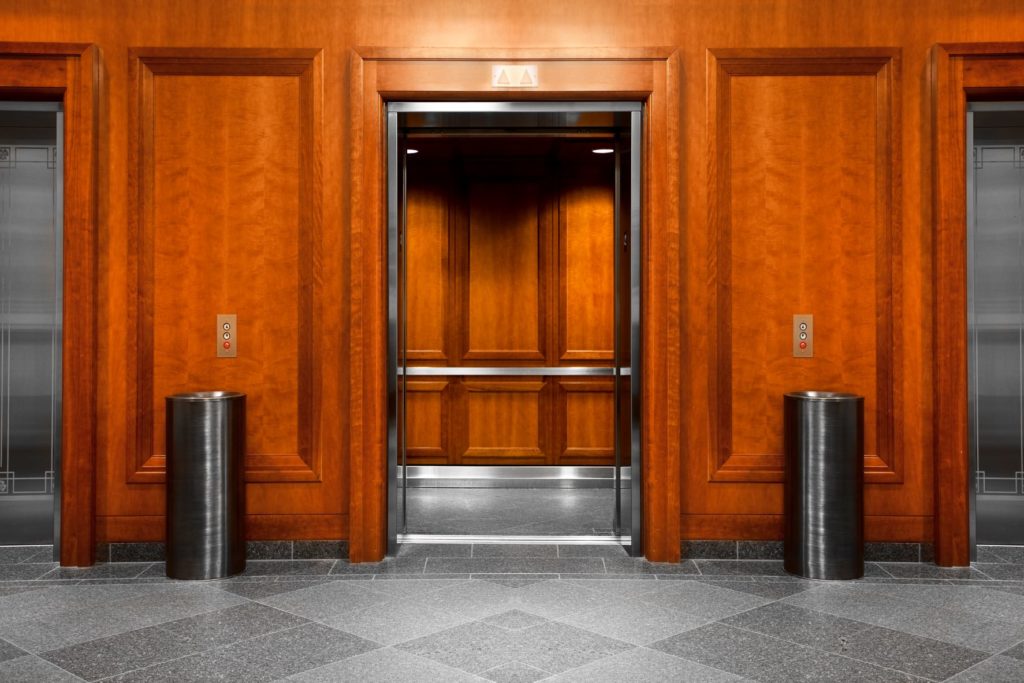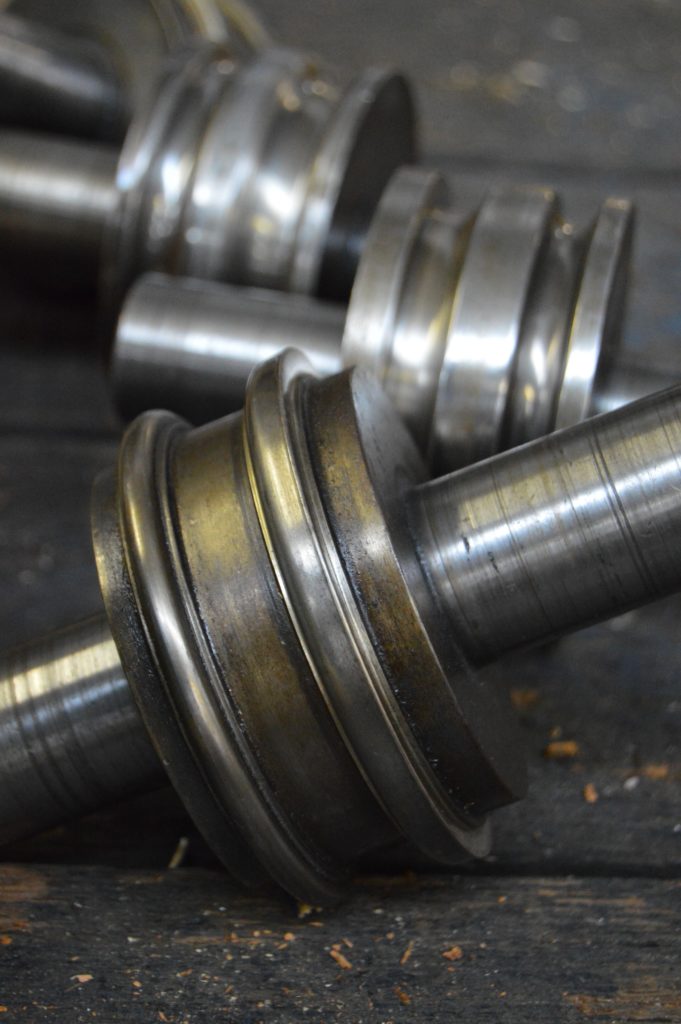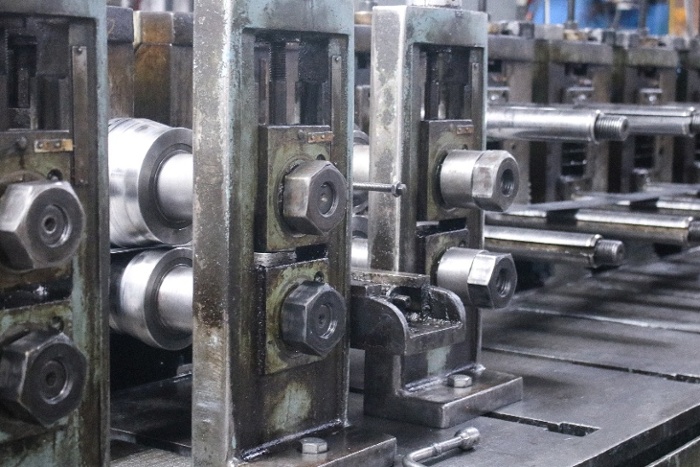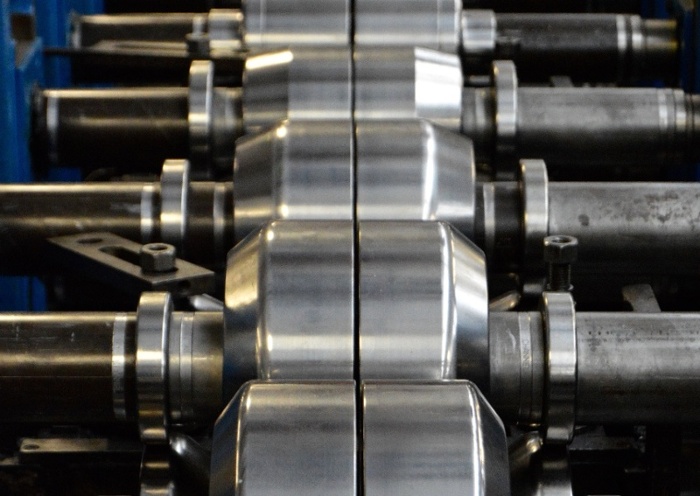Elevator Components
Creating elevator components has been a part of our repertoire since our beginning. Our founder, Charles P. Dahlstrom, introduced the world’s first fireproof door in 1904 and began making them for elevator entrances. He then created a series of decorative metal mouldings to complement these elegant doors.
Our metal moudlings catalog spans our history and includes more than 500 designs.
Roll Forming For Elevator Components
Dahlstrom does much more than elevator entrances. Roll forming is used for a variety of elevator components, including:
- Decking
- Elevator track
- Chain Guides
- Roller Guides
- U-Channels
- Stiffener
- Wire raceways
Inside the elevator cab, roll forming is used to create:
- Decorative mouldings
- Railings
- Vertical or horizontal components for elevator wall panels
WHY DAHLSTROM?
Dahlstrom Roll Form has created superior custom roll formed products since 1904.
Along with consistently producing the highest-quality components in an ISO 9001:2015 facility, Dahlstrom offers the following services to all of our customers:
- Dedicated account managers
- Personalized quarterly reviews
- 99% on-time delivery commitment
- Custom vendor-managed inventory
- Expert tool design & part optimization
- Pass-through raw material pricing
- Tailored packaging & logistics
- Minor assembly & washing
Learn how roll forming can help your industry. Fill out the form:
Roll Forming Advantages
Elevator systems need a high volume of long, slender parts, which is roll forming’s specialty. Roll forming is a highly repeatable process. Once the tooling is in place, roll forming produces components more consistently than other metal shaping processes, even over long runs.
Why should you consider roll forming for power distribution components? Roll forming can fabricate parts with:
- Huge volumes
- Tolerance control
- Complex profiles
- Inline punching for accepting mating parts
- Tricky hole patterns
- Pristine finishes
Hole punching, bending, and cutting to length can easily fit into one continuous process rather than separate steps. Roll forming is a more cost-effective and productive method in all these cases.






